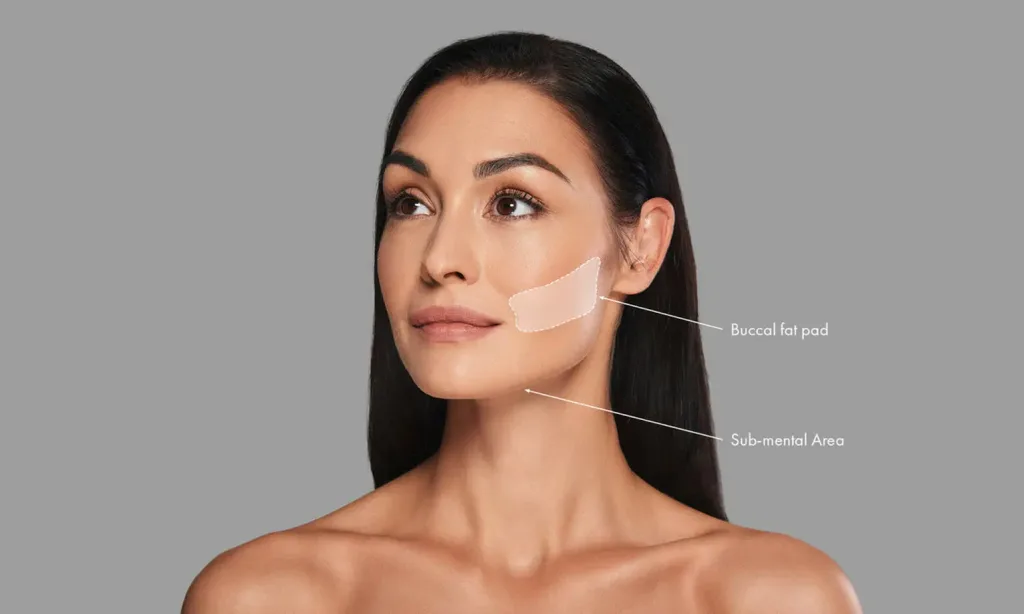Buccal Fat Removal Turkey
Buccal fat removal is a cosmetic treatment in Turkey. It removes extra fat from the cheeks and jaw. This gives a youthful, sculpted look. You’ll see changes right away. The procedure is fast and has little pain. Recovery time is short. Turkey is a top choice for this treatment. It has skilled doctors and good prices. If you want a slimmer face, consider this procedure in Turkey.
Buccal Fat Removal Turkey Cost
Buccal fat removal in Turkey is becoming increasingly popular due to its low cost and high quality results. The average cost of buccal fat removal in Turkey is around 1500-2500 USD, depending on the treatment plan and the area of the face to be treated. This cost is considerably lower than the average cost in other countries, making it a great option for those looking to achieve a more sculpted face without breaking the bank. Turkey has also become a hub for medical tourism, meaning that a wide range of other treatments and procedures are also available at highly competitive prices.
Is it good to remove buccal fat?
Removing buccal fat, a procedure known as buccal fat pad removal or cheek reduction surgery, can be a good option for certain individuals seeking to achieve a more contoured facial appearance. However, whether it is a good choice depends on various factors, including individual facial structure, aesthetic goals, and long-term considerations. Here are some points to consider:
- Facial Structure: The procedure is often more suitable for individuals with rounder, fuller cheeks who wish to achieve a more sculpted look. It’s less advisable for those with naturally thin faces, as it could lead to a gaunt appearance, especially as they age.
- Aesthetic Goals: Buccal fat removal can enhance the definition of cheekbones and create a more angular facial profile. If this aligns with your aesthetic desires, the procedure might be a good fit.
- Long-term Effects: Facial fat tends to diminish with age. Removing buccal fat pads might give a pleasing result in the short term but could lead to a sunken or hollowed appearance in the cheeks as you age.
- Surgical Risks and Recovery: Like any surgical procedure, buccal fat removal comes with risks such as infection, asymmetry, and complications related to anesthesia. Recovery time and the extent of side effects should also be considered.
- Consultation with a Specialist: It’s important to consult with a board-certified plastic surgeon or facial surgeon who can evaluate your facial structure and discuss whether you’re a good candidate for the procedure. They can provide a realistic outlook on what to expect in terms of results and potential risks.
- Personal Health: General health and medical history play a role in the decision. It’s important to disclose any health conditions or medications to the surgeon during the consultation.

https://www.instagram.com/esteport/
What is buccal fat removal?
Buccal fat removal thins the cheeks. Doctors remove fat pads from inside the mouth. This gives a sculpted face look. It’s done under local anesthesia. Most people recover in one to two days. The new look appears in a few weeks. It can last years.
How can you remove buccal fat?
Buccal lipectomy cuts cheek fullness. Doctors make small cuts inside the mouth. They remove fat and stitch up cuts. It takes one to two hours. It’s done under general anesthesia. Recovery takes one to two weeks. Some people might need a second procedure.
Are the results permanent?
Buccal fat removal cuts cheek fat. The results often last. But, fat can grow back slowly for some. Everyone is different. Talk to a doctor about risks.
Can liposuction remove buccal fat?
Yes, liposuction can remove cheek fat. Small cuts are made in the face. A tool suctions out the fat. Only trained doctors should do it. It’s not for weight loss. Results might not last forever.
Preparation for buccal fat removal:
Before buccal fat removal, talk to a doctor. They’ll explain risks. You might stop some medicines. Follow the doctor’s instructions. This could mean no eating or certain drugs like aspirin. Rest well and drink water. Ask your doctor any questions before surgery.
Recovery after buccal fat removal:
Recovery is usually quick. Most go home the same day. Normal activities can resume in days. You might see swelling or bruises. They’ll go away in weeks. Listen to your doctor about care. This includes medicine and food habits. Don’t exercise hard for some weeks. Be gentle with facial movements. With good care, you’ll see your new face shape soon.
What can I eat after surgery?
After surgery, eat soft foods. This includes yogurt, mashed potatoes, and soup. Cold foods like ice cream reduce swelling. Drink lots of fluids, like water and juice. Eat healthy foods like fruits and vegetables. Avoid hard foods like chips. Listen to your doctor about when to eat normally again.
Forehead Osteoma Removal Turkey
Risks of buccal fat surgery:
Buccal fat surgery removes cheek fat. It makes faces look youthful. But there are risks. These include nerve damage, infections, uneven face, and different expressions. Some might get sunken cheeks. Always discuss risks with a doctor first.
Anaesthetic for buccal fat removal:
Doctors use local anaesthetics like lidocaine. This numbs the cheek area. It makes the surgery pain-free. Local anaesthetics are safe for this.
Does buccal fat grow back?
Buccal fat is cheek fat. After removal, it usually doesn’t grow back. But, results differ for everyone. Surgery results are typically permanent. Consult a doctor for details.
Is the surgery painful?
Buccal fat removal reduces cheek fullness. Local anesthesia is used, so it’s pain-free. After surgery, there might be some swelling or pain. But it goes away in days. It’s a low-pain procedure.




Soru Sor